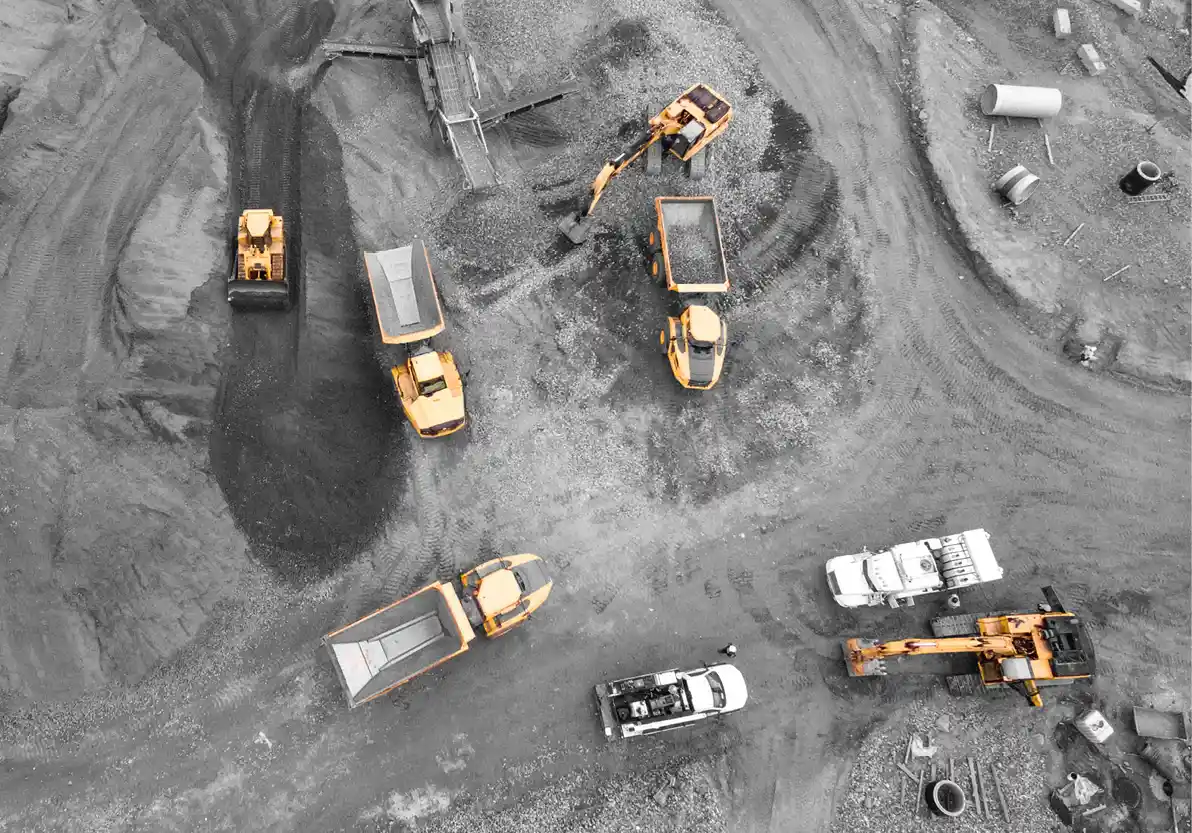
EnPowered restricts the number of MW we work with in Ontario’s ICI program. This ensures accuracy of our Peak Predictions. Find out why this cap is necessary.
In this article we’ll discuss the current environment about Peaks and present some easy-to-use-tools and tips on how to forecast and respond to them.
Ensuring Accuracy is Important
Bragging about size tends to mean that you’re compensating for something, and it’s no different when it comes to energy consultants. Many companies will boast of the size of their client base, proudly touting the fact that their customers represent 50% of the responding megawatts in Ontario’s Industrial Conservation Initiative (ICI), or the largest load in a demand response program.
Here at EnPowered we purposely limit the amount of curtailing load we work with for one simple reason: it ensures that our forecasts remain accurate.
The reason businesses are turning to energy consultants in the first place is that they need help navigating the disparity between the Independent Electricity System Operator’s (IESO) public data and the actual Peak results.
The problem facing businesses is that this data is only an accurate snapshot of energy usage if nothing changes.
In other words, as soon as businesses start responding based upon the IESO data, the variables change and the data becomes increasingly unreliable: the more businesses that respond, the more unreliable the data becomes.
If a company brags about how much load they control, then it means that they are falling into the same trap as the IESO data.
The root of the problem is that if the IESO public Peak Tracker indicates a Peak, and then if everyone with access to that data responds, the Peak that was initially forecast never happens.
For example, if a Peak is called for 5-6pm and everyone responds by curtailing during that time, then this creates a Double Peak or False Peak phenomenon, where the two hours directly before and after 5-6pm become the actual Peaks, since businesses responded to the initial threat assessment, knocking the predicted Peak out of play.
It’s not about how many MW you represent, It’s how you control them.
With over 2,000 Class A participants taking part in the ICI, the collective weight of their responses to Peaks is making most forecasting models obsolete. If all these companies act the same way, there is a massive overreaction to a predicted Peak: a fraction of these companies could curtail and still mitigate the Peak without throwing the entire model out of sync.
The real trick is trying to take into account what other players in the ICI are going to do during a Peak – what is known as Market Response.
So if a company brags about how much load they control, then it means that they are falling into the same trap as the IESO data. The more companies a consultant advises to curtail during a Peak, the less accurate their predictions become – for the exact same reasons plaguing the IESO.
It should be noted that the IESO has an admirable 95% prediction accuracy, with a margin of error of 470 MW, but many businesses are still caught out by relying on this data and thus mistime their Peak response measures. If a company hits the Peak correctly, the energy savings more than offset any curtailment losses.
On the other hand, if the Peak is missed, firms get a double penalty of higher Peak fees as well the losses incurred from curtailment.
This is why EnPowered makes a concerted effort to limit our service base. In terms of curtailing load, we don’t work with more than 1% – 250MW – of the grid. This gives us a 98.3% accuracy rating within 250MW: EnPowered hit all 5 Peaks with just 7 calls in 2019/2020.
Our recommendations are based on fine tuning Peak responses rather than inundating the majority of ICI participants with the same data.
If you are concerned about your business’ Peak response strategy or would like to learn more about your energy profile, we encourage you to make use of EnPowered’s free bill analysis, which offers key insights and actionable items on how to reduce your energy expenditure.




